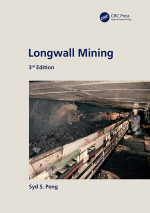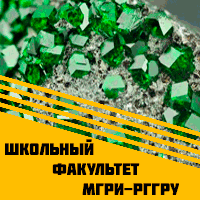Добрый день, Коллеги. Важное сообщение, просьба принять участие. Музей Ферсмана ищет помощь для реставрационных работ в помещении. Подробности по ссылке
Longwall Mining / Выборка руды длинными слоями параллельно этажным штрекам
The concept of longwall mining in the United States dates back to the late 19th century when wide faces were used for coal extraction in the Pittsburgh seam. But modern, fully mechanized longwall mining employing plows and frame supports was first introduced from West Germany in the early 1950s in southern West Virginia. It was used mainly for thin seam mining. During the 1950s and 1960s, the practice did not expand. In fact, due to its poor performance, only a few mines in southern West Virginia employed this technique. But in the mid-1970s when the shield supports were introduced, again from West Germany, to a northern West Virginian mine, resulting in increasing production and safety records, longwall mining was then recognized by the coal industry as a viable mining technique.
Thereafter the number of longwall mines grew steadily and rapidly (Fig. 1.1.1). A maximum of 118 longwall faces existed in 1982, but the number decreased steadily during the 1980s and 1990s and stabilized to around 50 in the first decade of the 21st century. It was gradually reduced further to the high 40s in the late 2000s and stabilized in recent years in the low 40s. It must, however, be emphasized that although the number of longwalls was decreasing, production increased tremendously during this period due to improvements in face equipment automation and reliability, use of heavy duty face equipment, better panel layout, skilled labor forces, and aggressive management.
The growth of US longwall mining production in the past four decades has been phenomenal. In 1975, there were 76 longwall faces, but their production was a mere 4% of underground coal mining production. In 2017, there were only 43 operating longwall faces, but they accounted for 62% of underground coal production. Proportion of longwall production has been steady even though the number of longwalls has decreased slightly in the past decade. <...>




